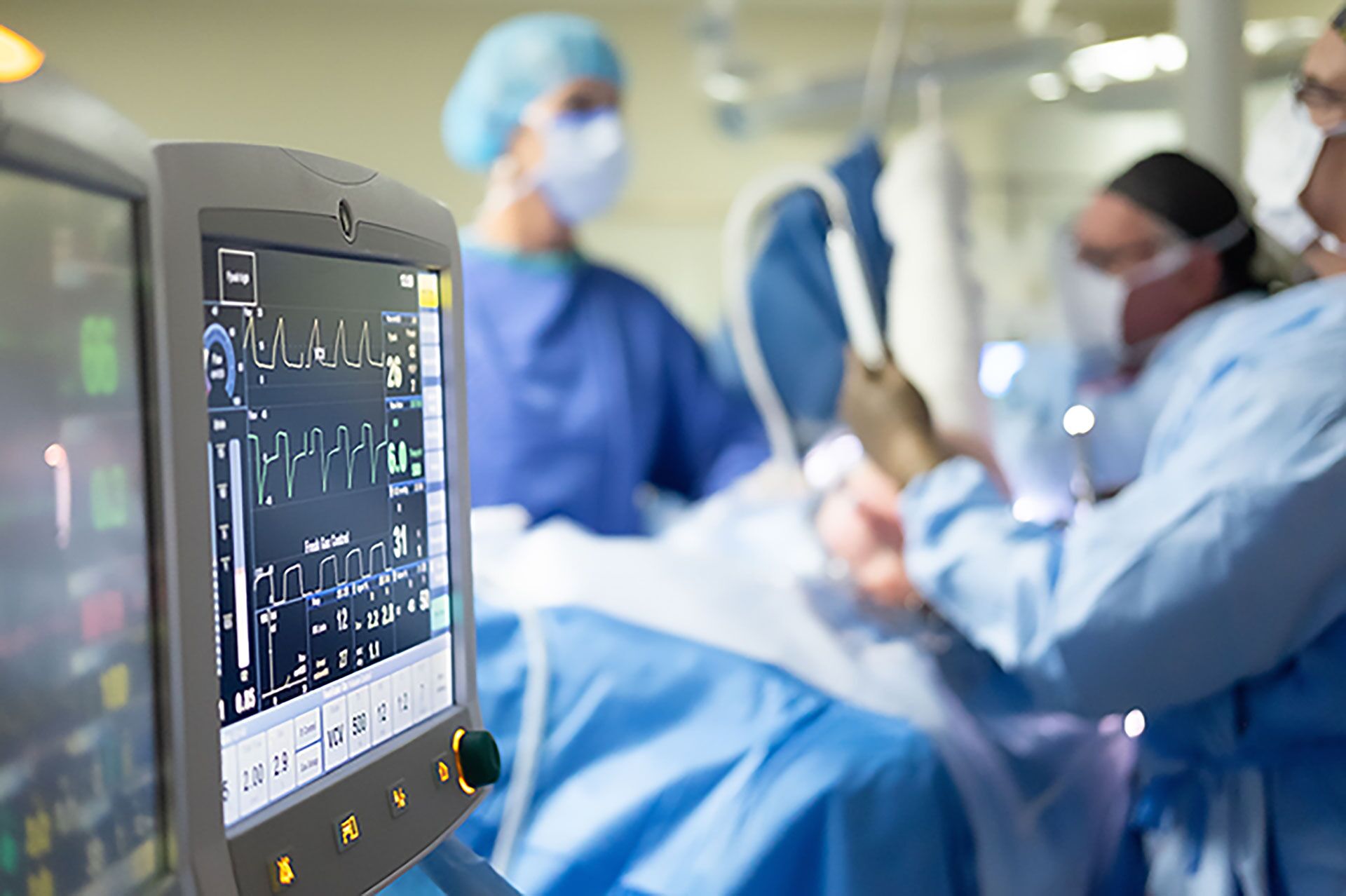- 011 794 9936
- 011 794 9937
- 076 828 5476
- admin@doctorshoulder.co.za
- Room 1, 2nd Floor, Johannesburg Surgical Hospital, 219 Beyers Naudé Dr

Welcome to our Post-Operative Care page, your essential resource for recovery after surgery. Here, you will find detailed guidelines to ensure a smooth and safe healing process.
Our comprehensive care instructions cover everything from managing pain and medications to recognizing signs of complications and when to seek medical attention.
We provide tips on diet, activity levels, and wound care to help you regain strength and return to your daily routine. Our goal is to support your recovery every step of the way, ensuring you feel confident and informed as you heal.
After surgery your shoulder will be placed in a sling. The sling should be worn as directed by your doctor. The sling is used to limit motion of your shoulder. It is very important to wear your sling as directed by your doctor after surgery. You may remove your arm from the sling to bend and straighten your elbow (this is to be avoided when a Biceps Tenodesis was performed) and to move your fingers several times a day. You may remove the sling to bathe, dress, and perform elbow range of motion several times a day. In some cases where no muscles or tendon repairs are performed your surgeon may ask you to discontinue sling use as soon as possible and to start with mobilization of the shoulder.
We recommend that you eat a light diet the morning of surgery (before 6am) but you may resume eating a regular diet as soon as you tolerate it after surgery.
When you are discharged from the hospital you will be given a prescription for pain medicine. You may take this medicine as prescribed. Ice helps with the swelling and can help to decrease pain after surgery. For the first few days after surgery, “the more, the better.” Ice for approximately 30 minutes 3–5 times per day. For the first night and first day following surgery, you should ice as much as possible.
After surgery a watertight dressing will cover any incision made for surgery whether it was arthroscopy or open surgery. For any arthroscopic surgery, the stitched will be removed 2 weeks post-operatively. For open surgeries your surgeon will require to see you a few days after surgery to monitor your wound and removes any drains.
After two weeks staples will be removed. After the removal of stitches or staples you will get a waterproof dressing that you can remove 2 – 3 days after the removal. We prefer showering after any surgery as it is easier than getting in/out of a tub. You also have a greater risk of falling in a tub. You may not get in a hot tub or pool and immerse the incisions underwater for six weeks but you may get in the shower and let the water run over them.
There is no need to place any ointment over the incisions. Sometimes significant bruising is seen in the front of the shoulder or along the biceps muscle and down the arm. This is normal and is related to mild internal bleeding after surgery. If you notice drainage from the incisions, swelling or increased pain 5 days after surgery please call the office. Redness around the incision is very common and should not be a concern unless it is associated with drainage 5 days after surgery, redness spreading away from the incision or fevers.
It is often very difficult to sleep in the week or two following shoulder surgery. The surgery itself may interfere with your sleep-wake cycle. In addition, many patients have increased shoulder pain lying flat on their back. We recommend that you try sleeping in a recliner or in a reclined position in bed. This is often much more comfortable. You may place a pillow behind your elbow for support. This often helps with the pain. If any repairs were done to muscles or tendons, you should wear your sling when you sleep to avoid accidentally moving the shoulder.
Operating a motor vehicle may be difficult due to your inability to use your operative arm. If you should have an accident or get pulled over while wearing a sling, the authorities may consider that driving while impaired. The decision to drive is based on your comfort level with driving essentially one-handed. If you have to wear your sling for six weeks after surgery due to repairs to muscles or tendons, you will not be allowed to drive for 6 weeks after the surgery. Once you are out of your sling you may drive once you feel safe operating a vehicle. No one should operate a motor vehicle while taking narcotic medications. Please limit car driving until you are off narcotics.
The decision to prescribe physical therapy and when to start these activities is made on a case by case basis. This will be discussed with you after surgery and you will be seen by our Physiotherapist before you are discharged the day after surgery. All exercises will be discussed with you and you need to adhere to these instructions. If any repair was done to muscles or tendons, no exercises will be permitted for 6 weeks after surgery.
Healing takes place on 2 phases: Acute healing (6 weeks) and remodelling or secondary phase (more than a year). Healing of any tissue takes place through the inflammatory process and the following signs are evident:
As can be seen from the above, any surgery doesn’t heal immediately and that some patients may experience discomfort for longer – some up to a year. It is necessary to distinguish between normal pain and regional pain syndrome. This is a clinical diagnosis that needs to be made by an experienced clinician.

With unwavering commitment to patient care, pioneering research, and surgical excellence have made Doctor Shoulder a prominent figure in the field.
All rights reserved © Copyright Doctor Shoulder
WhatsApp us